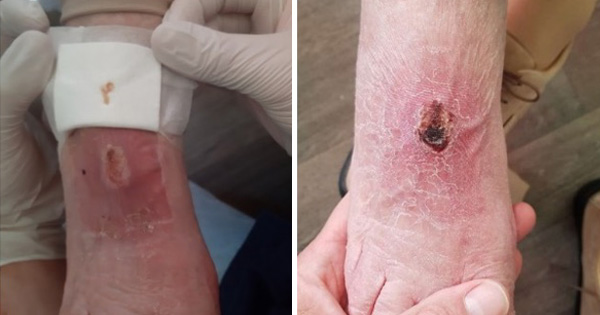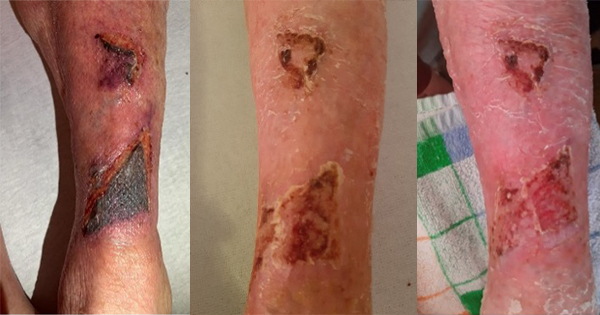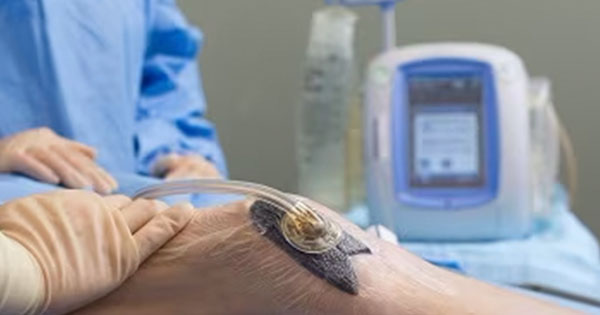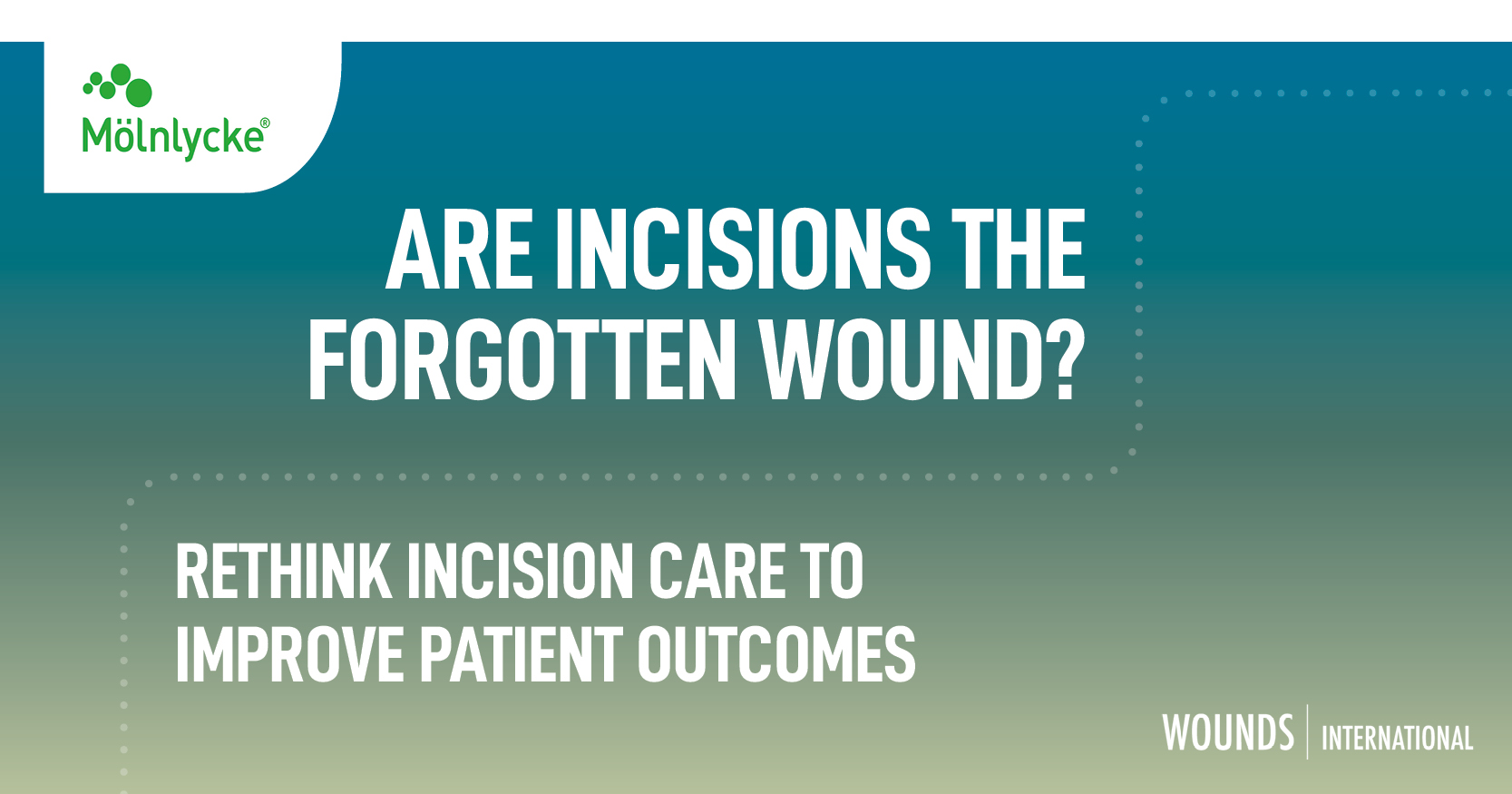<p>The worldwide volume of surgery is considerable, with an estimated 234.2 million major surgical procedures carried out every year across the globe. In Australia during 2010-11, 2.4 million admissions involved a surgical procedure. Wound healing by primary intention following surgery is assisted by the use of sutures, staples, glue, adhesive tape wound dressings or negative pressure wound therapy (NPWT), and healing commences within hours of closure[3]. Failure of the wound to heal may be due to a number of reasons: patient-related factors, for example age, cardiovascular disease mechanical reasons of suture breakage or knots slipping[6] infection or dehiscence, radiotherapy or chemotherapy. </p>






